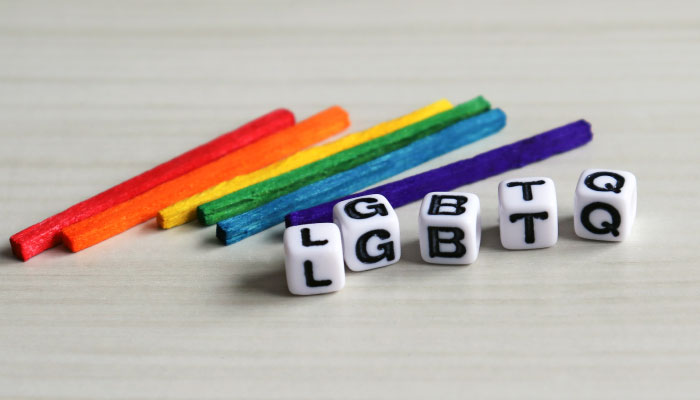Support for lesbian, gay, bisexual, and transgender students is proliferating, but there are still many schools missing the mark. Inadequate or unenforced policies leave many students feeling alienated due to their sexual orientation and/or gender identity, leading to a decline in their academic performance and extracurricular participation. How does your school rank?
Learn effective strategies to assist and encourage LGBTQ+ students in the webinar, “LGBTQ Rights in Trump’s America: What Happened in 2018 & What to Expect in 2019.” In the session, higher education expert Dr. Jennifer L. Martin shares the latest research and tools to revise your curriculum, classroom policies, and procedures to create an inclusive learning environment at your institution.
Be an Ally in Personal Conduct & Policy
Because every student deserves a supportive environment in which to learn, you have a responsibility to ensure your school is a safe space. A safe space is “a welcoming, supportive and safe environment” for LGBTQ+ students, states GLSEN. There are a number of things you can do to ensure your school is that kind of space, including:
- Be an ally. An ally is someone who supports and stands up for LGBTQ+ students—and, critically, who makes oneself known as an ally, states GLSEN in their Safe Space Kit. How? Post safe space and LGBT supportive materials in your classroom or office, wear a supportive button or wristband to visibly show your support, and demonstrate through your conduct that you are an ally.
- Develop LGBTQ+-inclusive classroom values. Commit to promoting a respectful classroom culture that is specific and inclusive of LGBTQ students. “Work with your students to create a list that you can post in the classroom. Posting the list will increase accountability among students and you can always add more values as the school year progresses,” says The Human Rights Campaign (HRC). For example, your class can agree to check-in on each other’s pronouns intermittently or agree to never use anti-LGBTQ+ slurs such as “that’s so gay,” suggests HRC.
- Diversify your library. Take stock of your literary inventory and see if the books you provide adequately reflect LGBTQ+ culture. “Adding books with LGBT characters and themes to classrooms and libraries creates a more inclusive school culture,” notes Scholastic Books. Moreover, including these materials can have tremendous benefits on student morale. “Many LGBT youth describe feelings of isolation, and adding books to classrooms that reflect their lives and experiences is a step towards breaking this isolation,” claims Scholastic.
- Display diverse imagery. Examine the posters that hang in your classrooms and hallways and make inclusive changes where necessary. Ask: “Do classroom and hallway images show diverse family structures, people of different races, gender expressions, ethnicities and abilities? Do the displays encourage respect for all people?” suggests Welcoming Schools, a project of The Human Rights Campaign Foundation.
- Find a new way to group students. Categorizing and grouping students by gender can present “an unnecessary complication for some students, and they may suffer academically as a result,” notes a School Leaders Now article. What to do instead? Try randomly assigning students a color (green, red, blue …) in the beginning of the year and using the colors to create groups: “It accomplishes the same goal but includes all students, regardless of their gender identity,” the article explains.
Plus: Learn To Interrupt Microaggressions
Even with the above strategies in place, you’ll encounter and be called on to address discriminatory behavior. But don’t think all such behavior is overt or deliberate. It’s easy to overlook microaggressions—yet smaller, subtler instances of discrimination can eat away at the safe space you’ve worked hard to create.
Definition: A microaggression is “a comment or action that subtly and often unconsciously or unintentionally expresses a prejudiced attitude toward a member of a marginalized group,” according to Merriam-Webster .
As an educator or administrator, it’s your responsibility to protect sexual minorities from harassment, including unconsciously motivated actions, asserts Dr. Martin in her webinar, “LGBTQ Rights in Trump’s America: What Happened in 2018 & What to Expect in 2019.” She offers from-the-field advice on how to do just that—and to proactively support LGBTQ+ students in your school.



